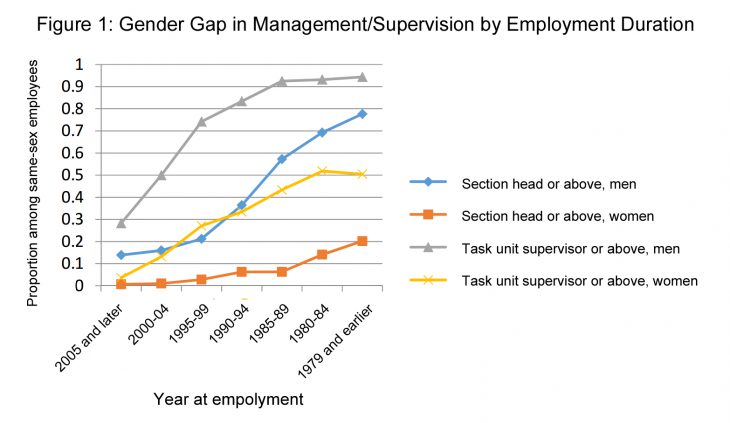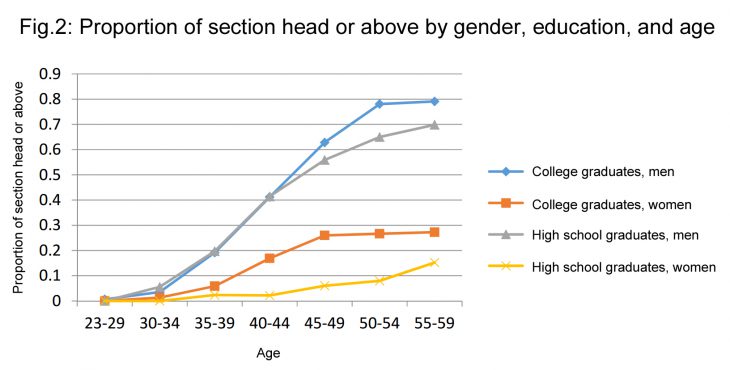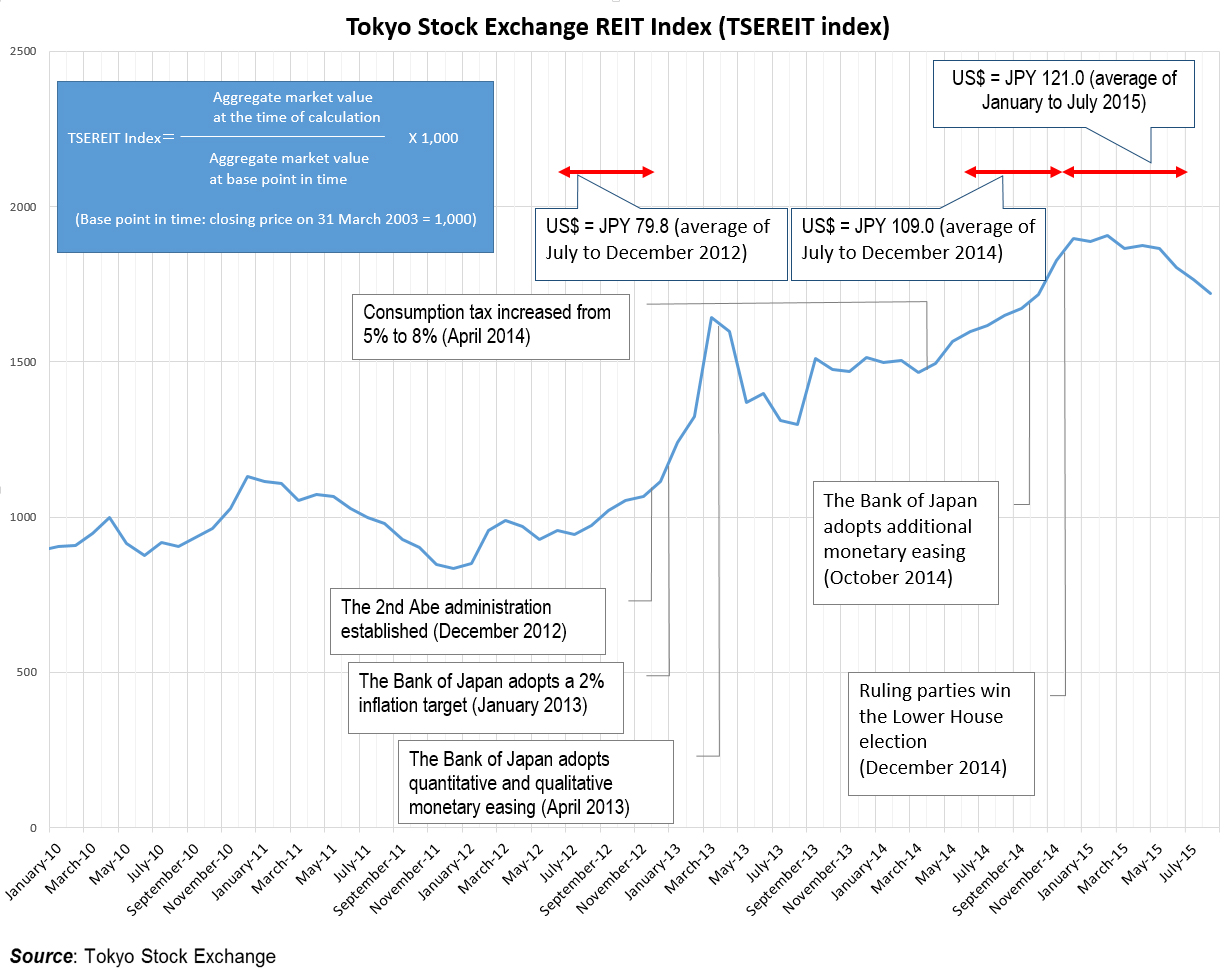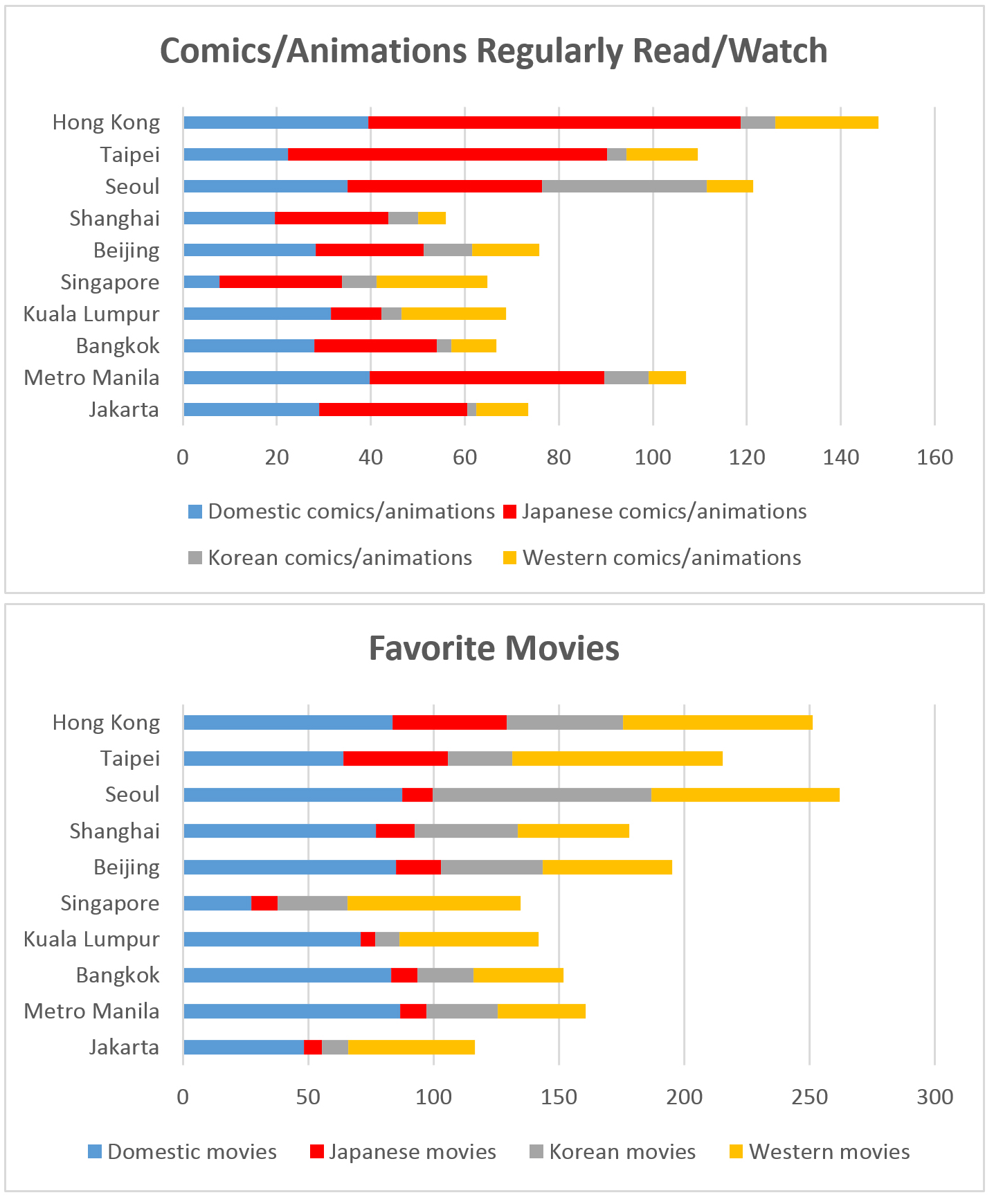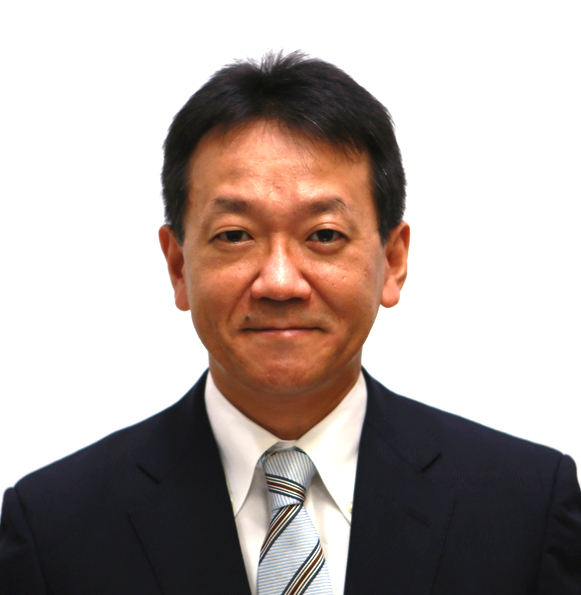Why Japanese-style Employment Systems Hamper the Success of Women

Yamaguchi Kazuo, Ralph Lewis Professor of Sociology, University of Chicago
At the initiative of the Abe administration, a draft “Act on the Promotion of Success in the Working Careers of Women” (provisional title) will be submitted to the National Diet. While the viability of the bill is uncertain, its intent is sound, and the fact that the administration decided to set numerical targets against protests from Japan’s Keidanren is also commendable. Having each company set figures based on actual circumstances is an unavoidable measure because an insufficient number of female human resources have been cultivated to date, and because setting a quota is not a rational economic move. Instead, we need to visualize the numerical targets and possible outcomes, have each company establish the targets they plan to attain, and make their achievements transparent.
The problem, however, is that the main reason the contributions of women in Japanese economic activity have not advanced lies in the Japanese employment system.
Without large-scale reforms to traditional employment practices and systems, it is this author’s opinion that the progress in the active participation of women and the effective utilization of human resources in step with the times will not be possible.
I would like to discuss the reasons for this assertion.
The Origin of the Japanese Employment System and its Strategic Rationality
Many (Yashiro in 1997, for example) assert that while the Japanese employment system was an effective scheme during Japan’s era of high economic growth this is not the case today, but for the reasons I will present here, I have reservations as to whether the system was rational in a general sense even during the era of high economic growth. That said, I am in complete agreement with the argument that the system possessed a strategic rationality in the sense of game theory (Kawaguchi, 2008).
Strategic rationality means that once one system is in place, it influences the rational selection of other systems, and even in modern times when countries of differing traditions have rational systems in place, this is often used as an explanation for having different systems.
To give a simple example, let’s suppose that out of the base institutions A1 and A2, that institution A1 was selected due to cultural traditions in the country and the circumstances at the time the selection was made. Strategic rationality would relate to the reasons for selection when later selecting other institutions, say B1 and B2. Now let’s assume that the combinations of institutions from most rational to least rational were [A2, B2] > [A1, B1] > {[A1, B2], [A2, B1]}. In order words, B1 is complementary to A1, and B2 is complementary to A2. Here, there is a high likelihood that companies that have already selected A1 will most likely select B1. This is because even though the rationality of the [A2, B2] combination surpasses that of the [A1, B1] combination, in order to select the [A2, B2] combination, the existing A1 system would need to be replaced by A2, and this would usually entail a large cost. In this sense we can say that there is a strategic rationale to this selection of B1. However, as the selection of [A2, B2] would be rational if selections were made out of nothing, the series of institutions created with the principle of strategic rationality ultimately cannot be described as the most rational.
The result of a series of selections made with strategic rationality depends on the first selection made, and this is referred to as systemic path dependence. Further, the institutions selected and developed in this way mutually complement one another. Partial transformations are extremely difficult for the set of collective institutions, and even if there are other more superior sets, an inferior equilibrium where no switch to such systems can be made arises. In other words, a system of institutions that is not the most rational comes to possess stability, and loses its ability to adapt to changes to external conditions. An effective means to breaking this inferior equilibrium is to take a system that consists of more rational combinations of institutions, and out of those, impose its core elements that are the most incompatible with the existing system.
Given this, what systems specifically correspond to the A1 choices made by Japanese firms? There are two, namely the strong job security system (lifetime employment system) for regular employees, and the wage systems based on seniority and retirement benefits schemes. On the origin of the lifetime employment system, in Bunmei toshiteno ie-shakai (Ie society as a pattern of civilization, 1979) Murakami, Kumon and Sato noted that regular employment in Japan was not a contract between an employer and employee with a set term as is the case at Western companies, but is rather a semi-permanent employment relationship, namely a “kintractship,” a term coined by the authors in combining contract and kinship, whose origin traces back to the household system of samurai society. In recent years, Hamaguchi (2011) described Western employment as a “job type” as opposed to Japanese employment as a “membership type,” a characterization shared with Murakami, Kumon and Sato.
However, even if the lifetime employment system were modeled after the samurai household system of the Edo period (1603–1867), the widespread adoption of this system along with Japan’s postwar economic growth was because it possessed new economic functions for that time. During Japan’s high economic growth era, Japanese firms expected their businesses to expand in the future, and forecast that in the long-term their demand for labor would outstrip supply. There was a benefit in curbing the outflow of employees, particularly those employees in whom a company had invested in firm-specific human capital, and for this reason they provided strong job security in order to increase retention rates. This is because based on the expectation that the demand for labor would increase in the long-term, there was little need to reduce personnel numbers, and the costs of rigidity in employment adjustments due to the strong employment security were low. Moreover, the seniority based wage systems and retirement benefit schemes can be understood as deferred wage payment systems that provide incentives for employees to work for long periods at the same company.
For these reasons, while the Japanese employment system was seen as rational during Japan’s high economic growth era, these choices that correspond to A1 themselves had limited rationality within Japan’s cultural foundations. As I have not found anyone who has pointed this out, I would like to do so here.
If the goal is to ensure the retention of employees, changing to the “family-friendly” companies seen in the West, namely those companies that make it easy to achieve a work-life balance, must have been an effective means in the sense of preventing talented female employees from leaving work during a period of childrearing. But as Murakami, Kumon and Sato pointed out, as a result of their having been modeled after the samurai household system, as the choices made by Japanese companies incorporate the tacit premise of a traditional division of gender roles and are focused on male-centered workplaces, the contributions of female employees were not emphasized.
What’s important is that basing the characteristics of Japanese-style employment systems on strong job security has led to the development of several mutually complementary systems.
Firstly, one important complementary system is the system of labor adjustments through working hours. Strong job security for permanent employees has made it difficult to make adjustments to the number of employees as in the West (where if the labor demand decreases dismissals and lay-offs are carried out and if demand increases more employees are hired). Therefore, labor adjustments for permanent employment largely needs to be performed with working hours, and as a buffer for adjusting hours, a certain level of constant overtime working and the resultant long working hours have become an established practice.
Further, as the Western style of employment adjustments, where increases in demand for various types of labor are met on a case-by-case basis with employment from the market, cannot be utilized, companies have focused their efforts on cultivating “generalists” able to work in a wide range of positions, working to gain the ability to supply a diverse range of human resources by existing employees. While this describes the development of the so-called internal labor market, as this conversely makes it more difficult to develop high-level professionals/specialists, and as a consequence, “team work and collaboration among workers with encompassing job obligations,” rather than the Western-style “division of labor among professionals/specialists with clear-cut job descriptions,” has developed.
However, this style of working has had the effect of reducing the autonomy of employees to manage their own working hours. To give a specific example, the flexible working hour system introduced for employees of an IT division at a certain company I know was abolished because it was said to reduce productivity. The stated reason was that the employees at the company weren’t able to proceed with their work efficiently unless they worked face-to-face while continually consulting with their fellow workers. This is an outcome unique to Japan where there is a shared responsibility for work and workers are more familiar with collaborative work than the division of labor among individuals, and serves as a stark contrast to IT professionals in the United States, where labor is efficiently divided between individuals and workers are able to go about their work efficiently simply by meeting face-to-face with one another around once a week to make adjustments.
This shared responsibility and solidarity on the part of Japanese employees is also influenced by the Japanese bonus system, which has developed as a unique incentive system. Western bonus systems are special bonuses given to individuals who have made special contributions to company business performance. Not all employees received bonuses, and their proportion in relation to base salaries also differ depending on the individual. On the other hand, with Japanese bonus systems, all regular employees are awarded bonuses in a largely uniform fashion (as a percentage of their base salaries) based on company business performance.
While the lifetime employment system is a mechanism that ties the interests of regular employees to the profits of the company in the long run, the bonus system is one that ties employee interests with company profits in the short term. As the Japanese system is characterized by the fact that compensation is awarded uniformly, individual behavior gives rise to externality (the quality where the actions of an individual unintentionally affect the interests of others). In other words, employees who make a greater than average contribution to company business performance provide a benefit not only to the company but to their colleagues, while conversely, a below average employee causes losses not only for the company but for their colleagues. Unlike Western systems, the Japanese bonus system is not only between a company and its employees, but is also interlocked with the interests of fellow employees. This elicits an incentive for solidarity and cooperation on the part of employees, and as pointed out by Okuno (Okuno, 1984), creates the need for strongly binding “free riding” co-workers to collective norms.
The Japanese bonus system that simultaneously produces this solidarity and normative binding fulfills its function under circumstances where there is little uncertainty and when the ability to concentrate is important, but in times with greater uncertainty when the ability to adapt to environments through the contributions of diverse and unrestrained individuals is crucial, this can have the adverse consequence of inhibiting risk-taking behavior on the part of individuals. Moreover, the existence of externalities has strengthened the shared responsibility between employees.
In this way, under lifetime employment systems, seniority-based wage systems, long working hours, Japanese-style bonus systems and shared responsibility, it could be said that the development of a shared destiny-type situation that emerged during Japan’s high economic growth era, where company growth and regular employee income and status growth readily coincided, also laid the foundations for employees’ acceptance of “being restricted in exchange for job security.”
Dysfunction of Japanese-style Employment Systems and the Non-utilization of Women
The establishment of these kinds of mutually complementary systems had strategic rationality when built upon the premise of existing systems. However, as for the effectiveness of the systems developed in a mutually complementary fashion, when the premise upon which their functioning depends falls apart due to changing external conditions, it is almost impossible to make partial revisions to transform systems. These systems therefore persist in an inferior equilibrium, representing strong shackles from which many Japanese firms cannot extricate ourselves.
Table 1 summarizes this. The combination of R1 and C1 represents the circumstances of a high growth period. On the other hand, the combination of R2 and C2 represents our current situation, in which lifetime employment and the internal labor market no longer function. This is because lifetime employment spells rigidity for employment adjustments, and because since internal labor markets mean that groups with homogeneous information hold the power to make decisions, they lack the ability to adapt to changing environments.
Table1
| C1: Little Uncertainty in the successful model regarding the technological innovation and the like valued in the market | C2: Great uncertainty in the successful model regarding the technological innovation and the like valued in the market, and the ability to adapt to changing environments is important. | |
| R1: Stable increases in the demand for labor can be expected. Flexibility in employment adjustments is not required. | Lifetime employment and internal labor markets function | Internal labor markets have an adverse effect; diversity functions |
| R2: Labor demand is uncertain and flexibility is required in employment adjustments | Lifetime employment has an adverse effect | Lifetime employment and internal labor markets have an adverse effect; diversity functions |
Another result of dysfunction in Japanese-style employment systems is the notable non-utilization of female human resources. On the one hand, women saddled with responsibility for housework and childrearing under the traditional division of labor between men and women in a household have no way to work long hours or work in highly restrictive ways on par with their male counterparts. For this reason, more than 70 percent of women (currently around 60 percent) have come to quit their jobs due to marriage or child rearing. On the other hand, this has resulted in companies systematically creating the custom of not investing in women or hiring women as human resources based on the premise that women will leave their jobs due to marriage or child rearing.
The problem is that companies lack the recognition that their employment systems themselves produce the unreasonable non-utilization of women. According to a questionnaire survey of companies conducted by the Ministry of Health, Labor and Welfare, the first of the biggest three reasons for the absence or lack of women in managerial positions is that “at the moment, no women with the necessary knowledge, experience or judgment capability exist,” with more than half of companies citing this reason. The second and third reasons are that “although there are women who may get a managerial position in the future, they are not yet qualified due to short tenure” and “women retire before getting a position due to short employment duration,” with both blaming the short employment duration of women. From the perspective of companies, the main reason is that women have too little experience. However, this is contradictory to the facts.
Figure 1 is a graphic I presented in the journal Nihon Rodo Kenkyu Vol. 648, July 2014 (Yamaguchi, 2014), and depicts the results of a 2009 survey limited to white collar regular employees. The vertical axis shows the percentage of those in managerial/supervisory positions, while the horizontal axis shows the year they joined the company. The chart shows that even for the same duration of employment, there is a striking difference between the rates of promotion to managerial/supervisory positions for men and women. The percentage of female regular employees who work their whole life at the company (those who joined their company in 1979 or earlier and worked for at least thirty-one years) and reach the position of section chief (kacho) or higher (20%) is achieved between the eleventh and fifteenth years of employment for male regular employees, and the percentage of female regular employees who work their whole life at the company and reach the position of task-unit supervisor (kakaricho) or higher (50%) is achieved between the sixth and tenth years of employment for male regular employees.
In other words, the reason given by companies, namely that the years of continuous employment is short, ignores the fact that the promotion rate for men and women who have worked the same number of years is markedly different and is extremely one-sided. However, with regard to Figure 1 there may be criticisms that differences in educational levels between men and women have not been taken into account. At one time, many women were junior college graduates while the percentage of female university graduates was much lower than for men. Figure 2 responds to these reservations.
Figure 2 shows the percentage of employees with positions of section chief or higher by gender and educational level on the vertical axis, and age on the horizontal axis. The results show that a much higher percentage of male high school graduates reach section chief or higher compared with female university graduates.
Sociology asserts that birth-related ascribed attributes determined social opportunities in pre-modern society, while such opportunities are determined by attributes related to academic and other achievements in modern society, but on this point, Japanese society retains characteristics that do not yet fit this description of modern society.
Incidentally in the United States, a person’s educational credentials, such as being a college graduate or holding MBA qualifications, has the strongest effects on opportunities to attain a managerial position irrespective of gender. In an analysis performed for the aforementioned paper I wrote, the gender gap in the percentage of men and women reaching the position of task-unit supervisor and higher that could be explained through differences in their education, age and employment duration was 30%, and just 21% for those reaching the position of section chief and higher.
Another factor explaining the gender gap includes working hours, particularly whether or not an employee works 49 hours or more in a typical week. When the difference in the working hours of men and women is added as another explanatory factor, the extent to which the gender gap can be explained jumps significantly to 43% to those reaching task-unit supervisor and higher, and 39% to those reaching section chief and higher. Moreover, the relationship between long working hours and being in a managerial position is stronger for women than for men.
In relation to this fact, on the causes of the gender gap in managerial positions, the latest analysis of panel research data on personnel records within a large Japanese company conducted by Kato, Kawaguchi and Owan (Kato et al., 2013) at the Research Institute of Economy, Trade and Industry revealed the following two important facts.
The first is that even though long working hours does not increase the promotion rate for men, it has a large impact on the promotion rate for women. This suggests that long working hours serve as the eligibility requirements of a managerial position only for women.
The second discovery was that even though positive personnel evaluation leads to a greater promotion rate for men, the same is not true for women. This suggests the presence of “indirect discrimination” which places women in positions where there is a low rate of promotions regardless of the results of personnel evaluations. Roughly three quarters of female white collar regular workers are placed in clerical positions (while this is true for about a quarter of men), and unlike male clerical workers, female clerical workers characteristically perform little overtime working and have extremely low rates of promotion to managerial positions. In other words, the fact that long working hours is more of a requirement for managerial positions for women than it is for men is because the majority of those who do not work overtime are female clerical workers, that irrespective of their job performances these workers are excluded from candidacy for promotion to managerial positions, and that even if they potentially have a more diverse range of job capabilities, they are made to work in positions where they are unable to exhibit their capabilities other than those of a clerical nature.
According to research conducted by the Research Institute of Economy, Trade and Industry (RIETI) in 2009, 45% of Japanese companies with at least 100 employees did not have any female in the position of section chief or higher. Furthermore, in terms of the percentage of women in managerial positions, in Japan it was around 10% while the same was more than 40% in the United States. As there is not thought to be a difference in the potential managerial skills of Japanese and American women, this suggests a stark non-utilization of women in Japan.
What are the Priority Points of Employment System Reform to Advance the Utilization of Women?
In conclusion, to promote the advancement of women and ensure that employees can fulfill their potential regardless of gender, companies need to change their approach to the utilization of human resources from the traditional working styles that are highly restrictive in terms of time to flexible working styles that provide workers with autonomy in terms of time management. To achieve this, the following points are the keys.
| (1) | The top management of companies should commit to rational promotion of the success of women and take the initiative in bringing about the necessary institutional reforms. |
| (2) | Systems that have the potential to be indirectly discriminatory against women need to be abolished. Issues such as the gender gap in opportunities for work experience and opportunities for advancement perpetuated through largely gender-segregated internal career track systems such as the distinction between the managerial career track (sogo shoku) and the clerical career track (ippan shoku), wage discrimination towards non-regular employees of which a higher percentage are women, and making long working hours a requirement for managerial positions all constitute indirect discrimination against women. |
| (3) | Switch from working styles that depend on long working hours and place an emphasis on labor productivity per day to working styles that emphasize labor productivity per hour. Japan’s per-hour productivity is in fact lower than that of many other OECD countries, and the degree of female human resource utilization is higher than Japan in all of the OECD countries with higher per-hour productivity than Japan. |
| (4) | Make it easier to gauge the productivity of individuals by clarifying their job descriptions, enhance the autonomy given to workers (white collar workers in particular) in terms of time management, and establish rules that give opportunities for advancement and promotion based on evaluations of job performance rather than long working hours. |
| (5) | Introduce measures to promote work-life balance not for the welfare of employees but as measures to utilize human resources. |
However, as I mentioned at the beginning, it is quite difficult to reform Japanese employment systems which have developed in a mutually complementary way through the independent efforts of companies. On this point I believe that legislation on the following three points is necessary. The first two points in particular will require companies to undertake a fundamental reconsideration of Japan’s customary dependence on long working hours.
| (A) | Limitations on maximum working hours. For example, set a 55-hour work week as a principle for maximum working hours, in keeping with the spirit of limited hours set forth in the Labor Standards Act. |
| (B) | As is the case in countries such as the Netherlands, Germany and Denmark, guarantee employees the right to select their working hours to a certain extent without penalty in Japan as well. |
| (C) | Revise the extremely limited definition of indirect discrimination against women in Japan’s revised Equal Employment Opportunity Act, for example, switching to a more comprehensive Anglo-American definition. |
To add one more point in closing, promoting the success of women must not be simply a means to an economic growth strategy. By allowing a diverse range of individuals to live their lives more freely and enabling their latent abilities to flourish, as a consequence empowering each person to live better lives and make greater contributions to society, will revitalize economic organizations and society alike. It is my belief that promoting the success of women serves as a litmus test for Japan becoming such a society, and will also be pivotal in achieving harmony between work and life.
Reference:
―― Kawaguchi, Akira. 2008. Jenda Keizai Kakusa (Gender inequality in economic status), Keiso Shobo, 2008
―― Murakami, Yasusuke, Kumon, Shunpei and Sato, Seizaburo. 1979. Bunmei toshiteno Ie-shakai (Ie society as a pattern of civilization), Chuo Koron Sha, 1979
―― Hamaguchi, Keiichiro. 2011. Nihon no Koyo to Rodo-ho (Japanese employment and the labor law), Nikkei Bunko, 2011
―― Yamaguchi, Kazuo. 2014. Howaito Kara Seishain no Kanrishoku-wariai no Danjokakusa no Kettei-yoin (Determinants of Gender Inequality in the Proportion of Managers among White-Collar Regular Workers), Nihon Rodo Kenkyu Vol. 648, July 2014 (Yamaguchi, 2014)
―― Kato, Takao, Daiji Kawaguchi, and Hideo Owan. 2013. Dynamics of the Gender Gap in the Workplace: An Econometric Case Study of a Large Japanese Firm, RIETI Discussion paper 13-
E-038
―― Okuno, Masahiro. 1984. Corporate Loyalty and Bonus Payment: An Analysis of Work Incentives in Japan (in M. Aoki (ed.)), The Economic Analysis of the Japanese Firm, North-Holland: Elsevier, 1983
Translated from “Tokushu ― Jinko-gensho ga Tsukitsukeru: Koyo Gekihen / Nihon-teki Koyo shisutemu ga Josei no Katsuyaku wo habamu Riyu (Special Feature — Confronting the Declining Population: Employment Upheaval / Why Japanese-style Employment Systems Hamper the Success of Women),” Chuokoron, December 2014, pp. 48–55. (Courtesy of Chuo Koron Shinsha) [December 2014]
